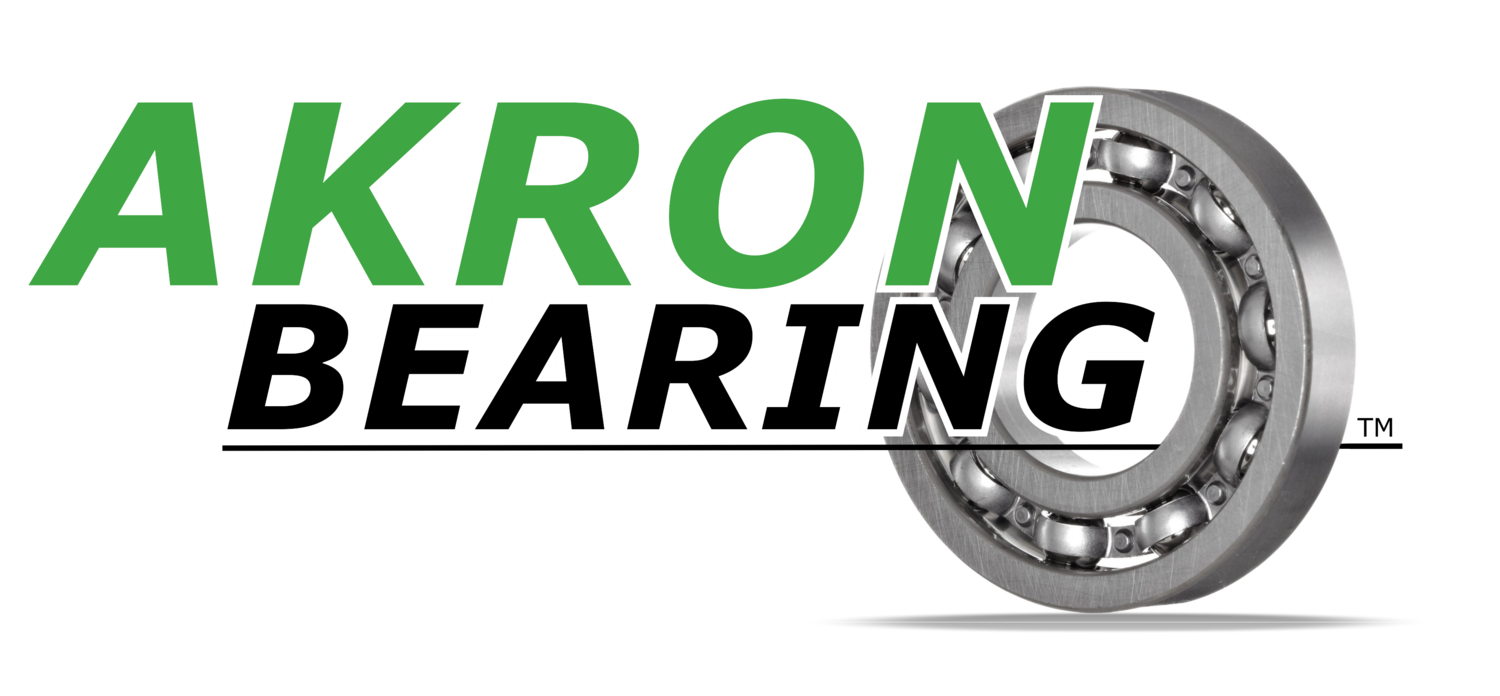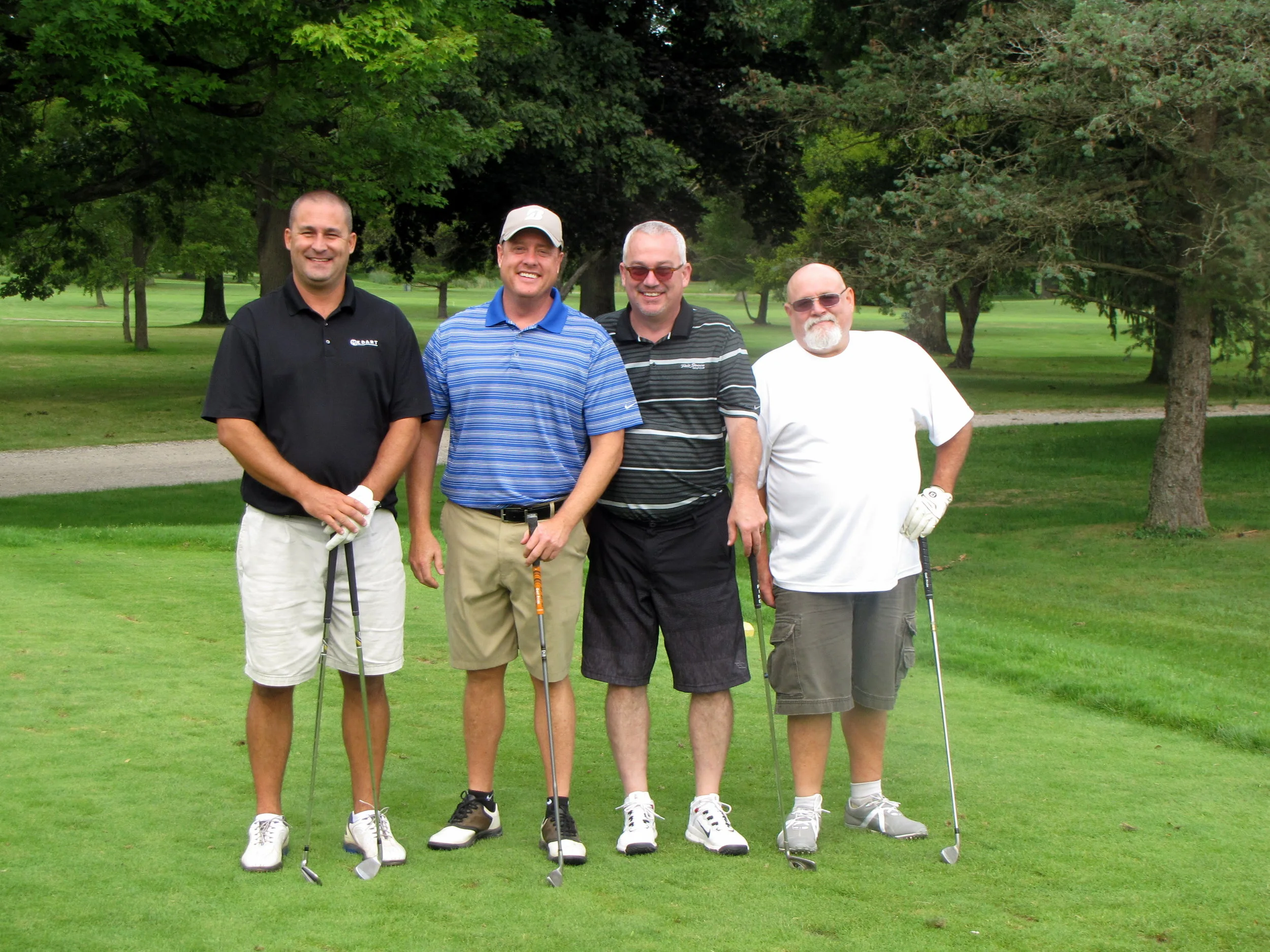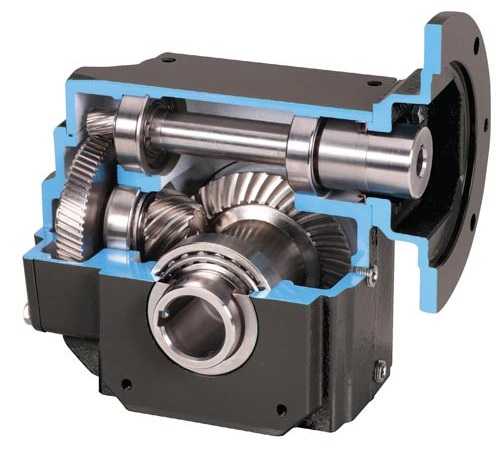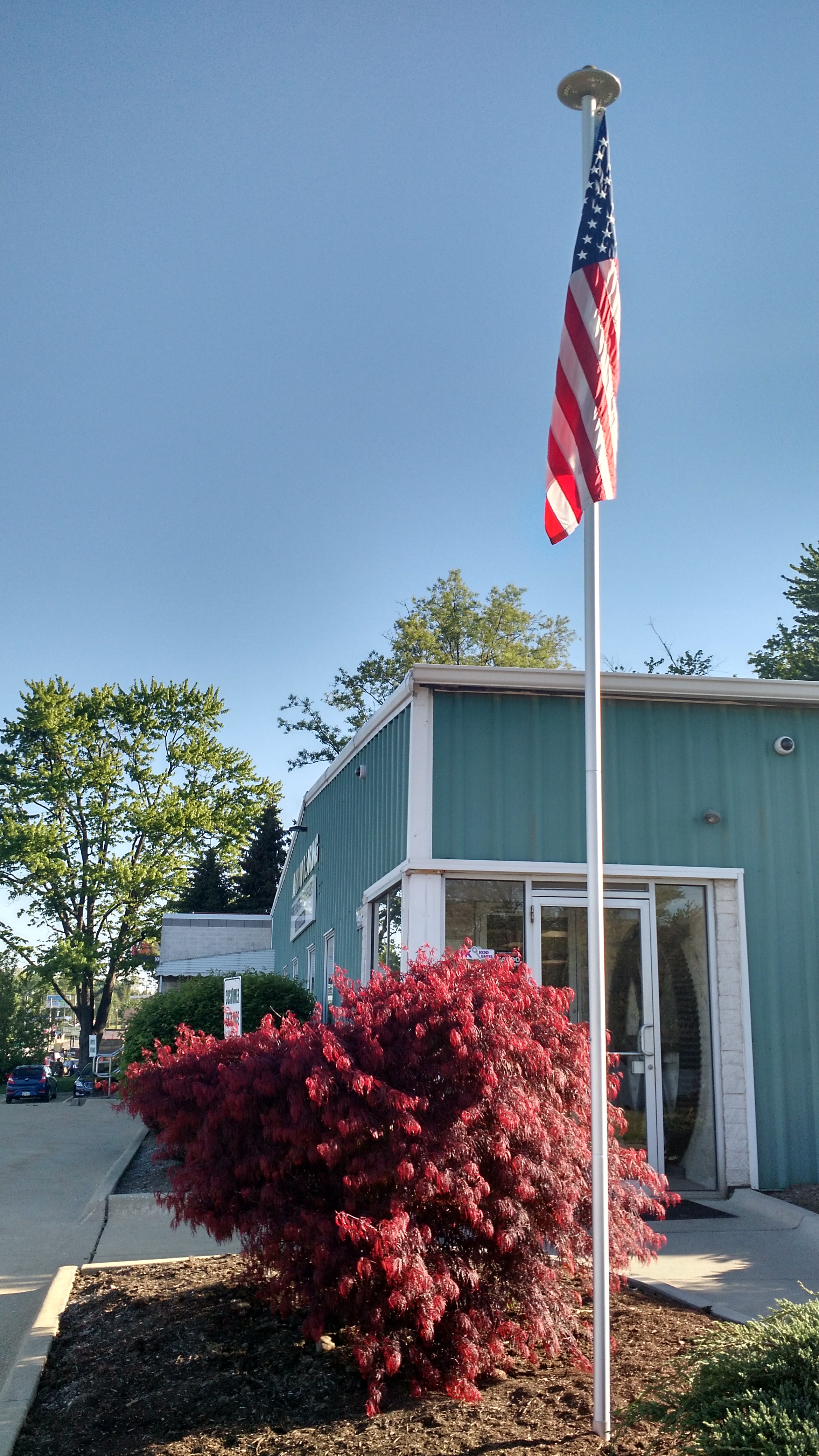Akron Bearing stocks over 100 different types of Loctite products right here in our store. And more importantly, we have the expertise to get the right product for your job. Stop by to see all we have on hand to offer, or give us a call and talk to one of our experienced employees.
Retaining Compounds
Loctite Retaining compounds secure bearings, bushings, and other cylindrical parts into housings or onto shafts. They eliminate the need for expensive replacement parts, time consuming machining or, or the use of mechanical methods.
Threadlocker
Loctite thread lockers prevent unwanted movement, loosening, leaks, and corrosion to threaded fasteners. They cure at room temperature, and completely fill the gaps between mating threads to lock threads and joints.
Gasketing & Sealing
Loctite gasketing products are single-component solutions to replace conventional gaskets. Excellent instant seal, and fills all voids. Many varieties for resistance to chemicals, temperatures and pressures.
Anti-Sieze Compounds
Loctite anti-seize products provide protection against rust, corrosion, seizing, and galling, as well as lubrication. They are the product of choice for high temperature applications.
Thread Sealants
Designed for low and high pressure applications, they fill the space between threaded parts and provide an instant seal. When fully cured, they seal to the burst pressure of most pipe systems. They can be used on any size of pipe filling and replace all types of tape and paste sealants.



























